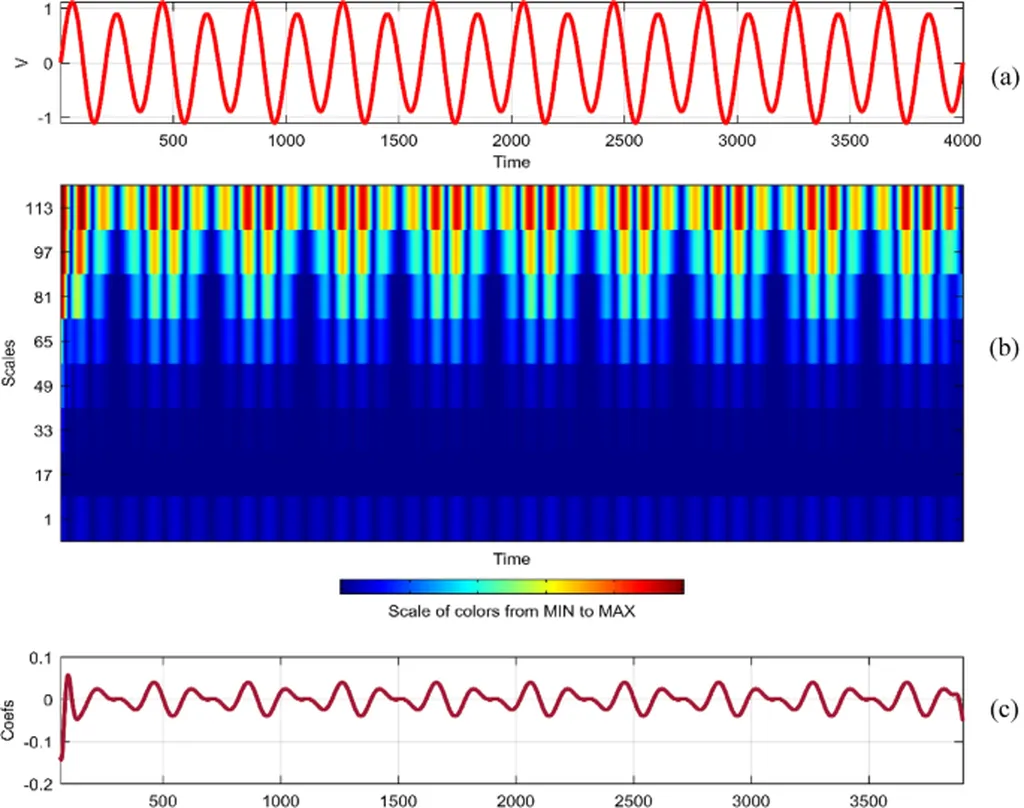In the rapidly evolving landscape of the energy sector, power quality has emerged as a critical concern. The integration of renewable energy sources, distributed energy systems, and power electronics equipment has undoubtedly advanced the Smart Grid, but it has also introduced new challenges in maintaining stable and reliable power supply. Researchers from the National Technological Institute of Mexico (TecNM), specifically from the Technological Institute of Morelia, have developed a groundbreaking algorithm that promises to revolutionize the way power quality disturbances are detected and classified.
Jonatan A. Medina-Molina, lead author of the study, explains, “The increasing use of renewable energy and power electronic equipment has led to more fluctuations in the electrical grid, making it essential to develop robust algorithms for power quality analysis.” His research, published in the journal Computers, focuses on optimizing the selection of sampling rates and mother wavelets for an algorithm designed to classify power quality disturbances.
The algorithm, which combines Discrete Wavelet Transform (DWT) and Support Vector Machine (SVM), was tested under various conditions to evaluate its performance. Medina-Molina and his team experimented with eight different sampling rates ranging from 3.2 kHz to 30 kHz and five different mother wavelets. The results were impressive: the algorithm achieved a success rate of 99.9% for noiseless signals using a sampling rate of 9.6 kHz, and 95.2% for signals with a signal-to-noise ratio of 30 dB at a sampling rate of 30 kHz.
The implications of this research are far-reaching. In the commercial energy sector, the ability to accurately detect and classify power quality disturbances in real-time can significantly reduce downtime and prevent costly equipment failures. Smart meters equipped with this algorithm could pinpoint the exact location of a disturbance, allowing for quicker isolation and resolution. This level of precision could lead to better monitoring and control over the production and distribution of electrical energy, ultimately enhancing the reliability and efficiency of the Smart Grid.
Medina-Molina’s work stands out because it addresses a gap in the existing literature. Many previous studies have started with a predetermined sampling rate, overlooking the impact this parameter can have on the performance of classification algorithms. By testing a wide range of sampling rates and mother wavelets, Medina-Molina’s research provides a more comprehensive understanding of how these variables affect the accuracy of power quality disturbance classification.
Moreover, the algorithm is designed to be implemented using programming languages like Python and C, making it compatible with a variety of platforms, including single-board computers. This flexibility is crucial for real-time applications and ensures that the technology can be widely adopted across different systems.
The study, published in the journal Computers (translated to English from the original title ‘Computers’), highlights the importance of continuous innovation in the energy sector. As the Smart Grid continues to evolve, so too must the tools and technologies that support it. Medina-Molina’s research offers a significant step forward in this direction, paving the way for more reliable and efficient power quality management.
The energy sector is on the cusp of a new era, where the integration of advanced algorithms and real-time data analysis will play a pivotal role in maintaining the stability and reliability of the electrical grid. Medina-Molina’s work is a testament to the power of innovation and the potential it holds for shaping the future of energy management. As the industry continues to grapple with the challenges posed by renewable energy sources and power electronics, solutions like this one will be instrumental in ensuring a sustainable and resilient energy infrastructure.

